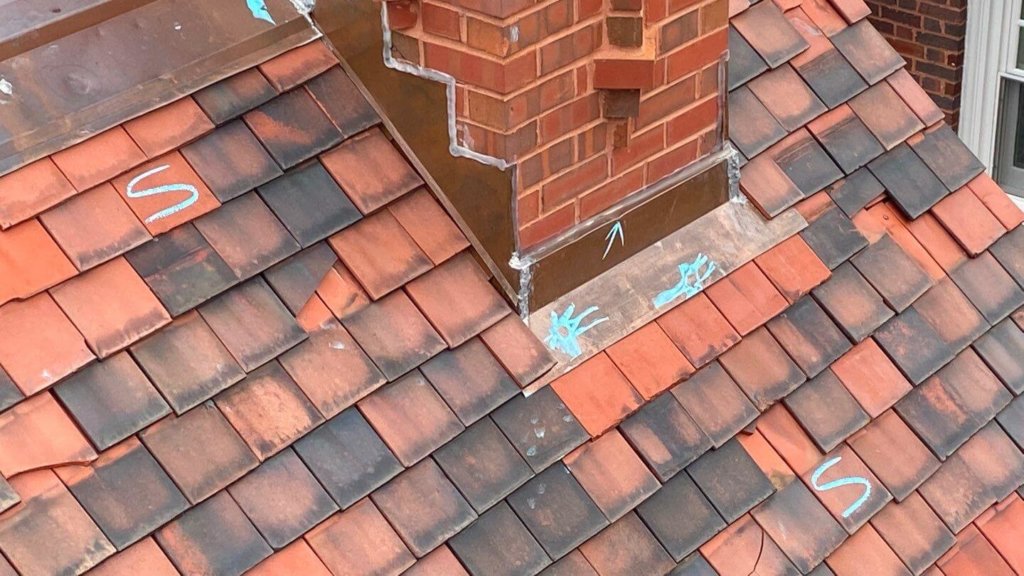Detecting roof hail damage after a hail storm can be a difficult task. Experts say the best things to look at when you are trying to determine the possibility of hail damage are the downspouts, gutters, metal vents, and roofing shingles. According to the Federal Alliance for Safe Homes, hail causes more than $1.6 billion worth of damage in an average year to residential roofs in the United States, making it, year in and year out, one of the most costly natural disasters.
So after a hail storm, walk around your house and follow these 4 determination steps to detect the damages caused by hailstones and weather.
1. Look for Mineral Deposits
Check around the downspouts. When hail impacts roofing shingles, it degrades the shingle and tends to knock off the granules. In most cases, this damage cannot be seen by the untrained eye, but if you have standard asphalt shingles on your house, you'll want to check around the downspouts for excessive granule buildup. If evident, there is a strong chance there has been roof damage from the storm. Just remember that this may simply be due to the age of the roofing material, so further investigation is needed.
2. Gutter and Downspout Dings
Inspect all your downspouts and gutters for dings. Some of the newer metal gutters are thin enough that hail the size of a marble will easily cause dents. Once again, if the damage is evident, then the possibility of roof damage does exist.
3. Inspect for leaks
To an untrained professional, hail damage is not always apparent from the ground. Roof damage does not always cause immediate leaks, and all too often, hail damage is not discovered until after leaking or another serious damage occurs. As damaged shingles degrade, your roof may begin to leak, so inspect your interior ceiling after heavy rain for any apparent water damage. Water staining anywhere on the ceiling is a good sign of roof damage.
4. Inspecting for Hail Damage to Vents and Shingles
Please only do this if you have easy access to your roof and the slopes are not that steep. Once on top, look at the vents, the drip edge, the fascia, and your gutters for signs of damage. Look at the roof shingles for circular dimples or areas where the shingle mineral is missing. Hail might produce a "dent" or a damage point in an asphalt shingle roof surface, resulting in granule loss and reduced remaining roof life.
Now it's time to take action. If you have 10 hits in a 10ft square, or if any of the above steps result in positive indications for hail damage, call for a professional inspection. Most will provide an estimate for free. Ask each if they think it's enough to warrant getting your insurance company out. You may want to call your insurance company anyway as they make the final determination and the worst that can happen is they deny the claim.
